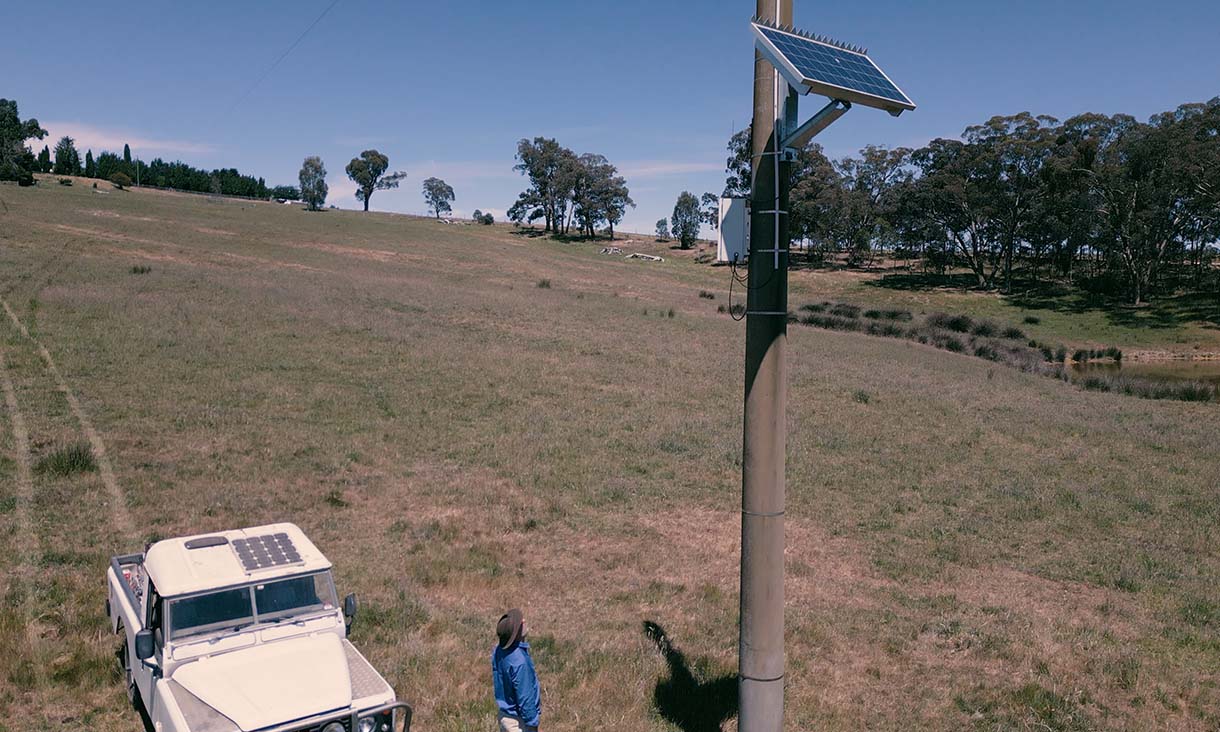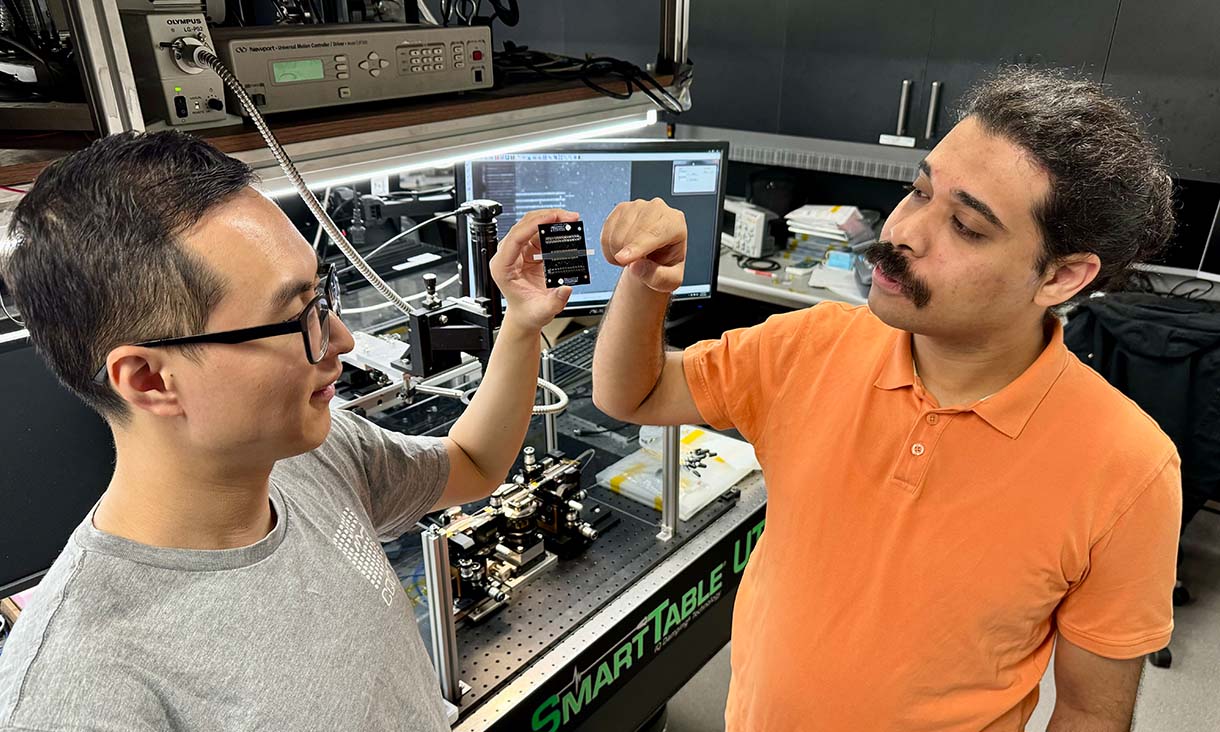Topics: deepfakes, misinformation, detecting authenticity, digital regulations and policies
Dr Shahriar Kaisar, Lecturer of Information Systems
“In an era dominated by digital content, the rise of deepfake technology presents an alarming threat to the authenticity of information on the internet.
“Deepfakes include, but are not limited to, fabricated speeches and manipulated visuals of public figures that can seriously impact people, businesses and even countries.
“Although it is becoming increasingly difficult to detect deepfakes, there are a few signs you can look out for to determine a video’s authenticity, such as:
- unnatural facial expressions,
- odd eye movements or poorly synced lip movements,
- inconsistent lighting and shadows,
- unusual blinking behaviours,
- unnatural background sounds, etc.
“As the technology behind deepfakes becomes more accessible, concerns mount regarding their ability to cause issues.
“From issues such as scamming people and spreading misinformation, to influencing elections, undermining trust in media or even the potential to start a war.
“US policymakers are working on forming regulations around the use of deepfakes, but there are no moves in Australia to introduce a specific legislation to address the misuse of deepfakes.
“Regulations and awareness campaigns are crucial as many people are still unaware of the technology and could be the next victim of a scam.
“Only through collective vigilance can we unveil the deceptive realities of deepfakes and safeguard our digital world.”
Dr Shahriar Kaisar’s research spans the development of sophisticated cyber threat detection and mitigation strategies, the creation of innovative solutions for seamless content sharing in complex networking environments, and the application of cutting-edge artificial intelligence tools to address intricate challenges in business and health informatics.
***
General media enquiries: RMIT External Affairs and Media, 0439 704 077 or new@rmit.edu.au




